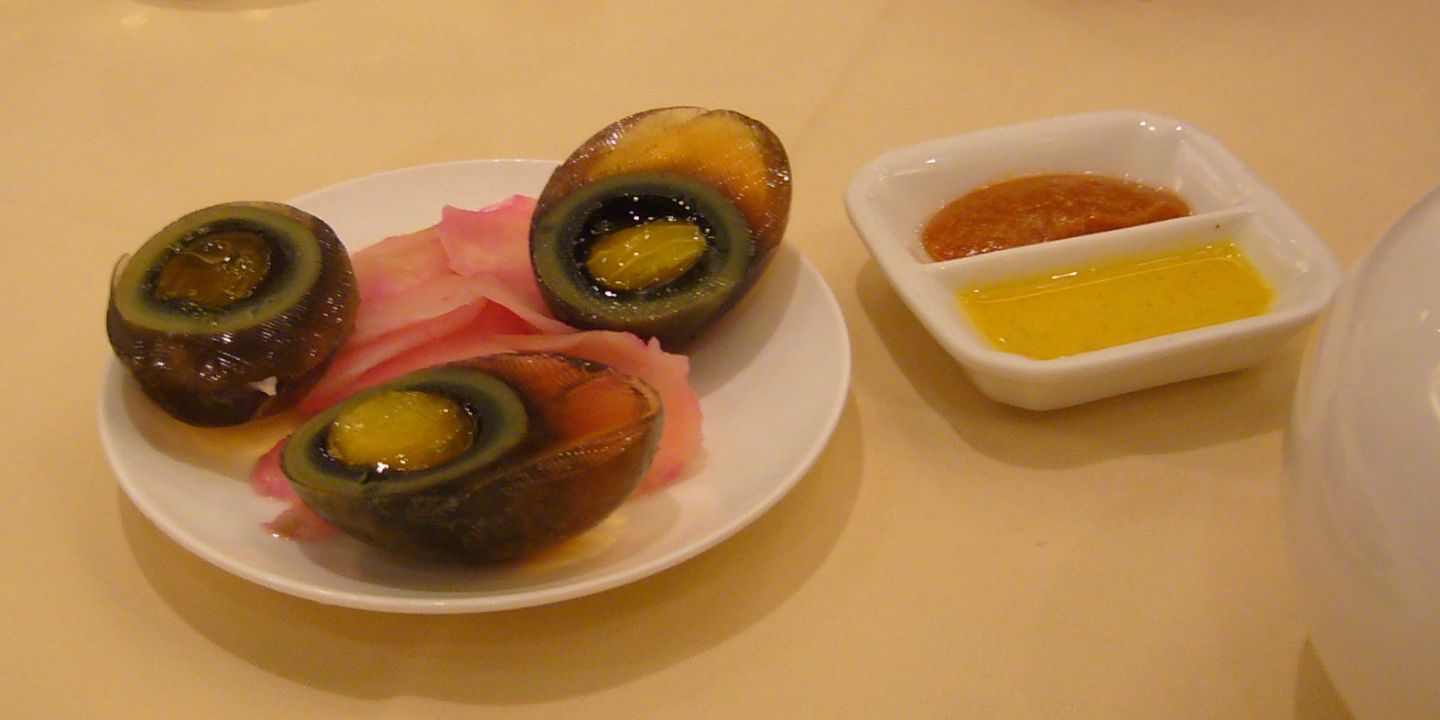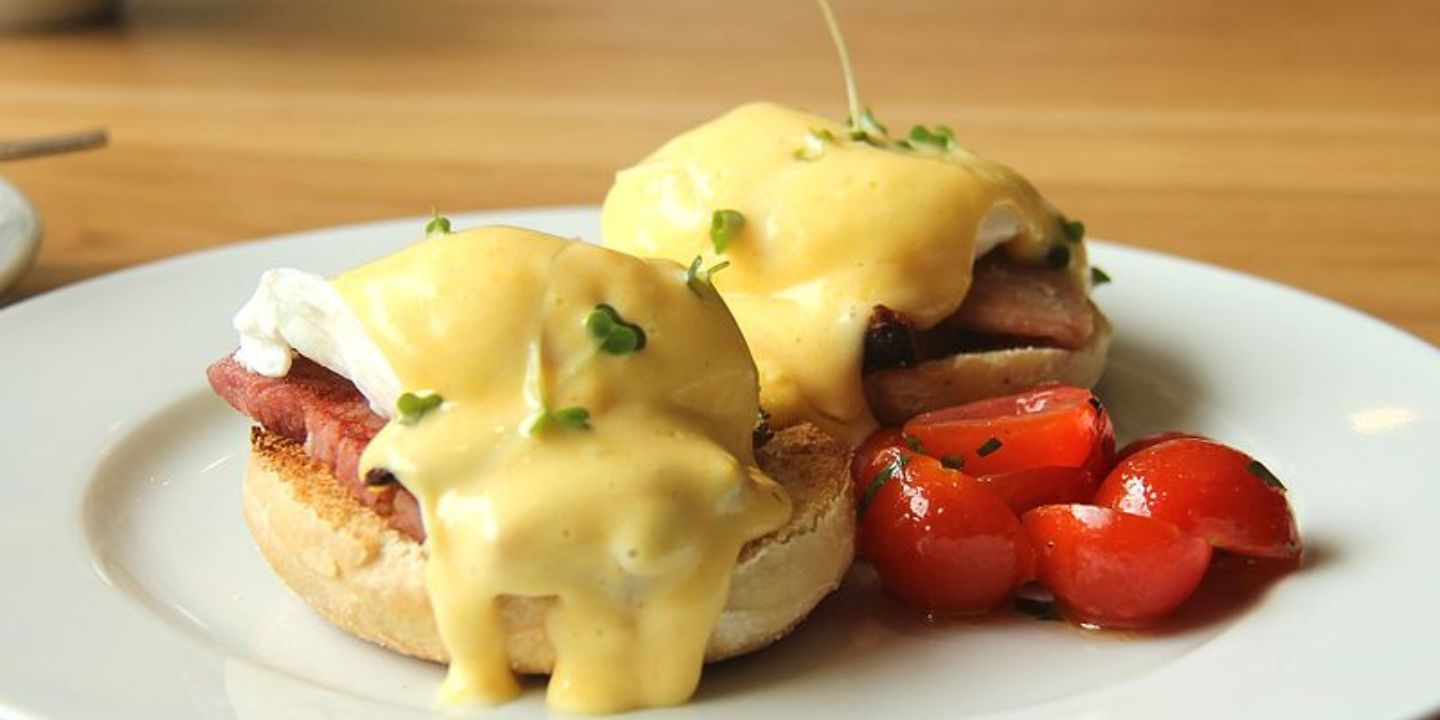Butter Vs. Ghee: How Are They Different And Why You Should Cook With Them
Two golden treasures, countless possibilities. Butter and ghee might seem interchangeable, but they're actually kitchen characters with unique superpowers. One shines in delicate situations. The other stands up to severe heat. Learning their differences will open a whole new world for your cooking adventures.
The Tale Of Two Golden Fats
Butter and ghee share a family history. Think about siblings with distinct personalities. Butter, the creamy delight we know and love, is produced by churning cream until it separates into solid butterfat and liquid buttermilk. It's been gracing our tables for over 4,000 years.
Ghee, meanwhile, is butter's sophisticated cousin. Created through a process where butter is simmered until all water evaporates and milk solids separate and are removed, ghee represents one of the world's oldest shelf-stable cooking fats.
The shift from butter to ghee isn't just a process—it's practically alchemy, turning a perishable dairy product into a golden elixir that ancient cultures considered sacred.
What Makes Them Different
Peek inside butter, and you'll find a complex mix: about 80–82% butterfat, 16–17% water, and small amounts of milk proteins, minerals, and sometimes salt. This composition explains why butter smokes and burns at relatively low temperatures (around 350°F/175°C) when those milk solids start to carbonize.
Ghee tells a different story. Through its simmering process, the water evaporates and the milk solids are removed, leaving behind nearly 100% pure butterfat. This change raises ghee's smoke point dramatically to about 485°F/250°C, making it ideal for high-heat cooking techniques.
There's also a nutritional plot twist. Ghee contains more fat-soluble vitamins (A, E, and K) in their concentrated form. The removal of milk solids means ghee is also free from casein and lactose.
When To Use Which
Butter reigns supreme in baking, where its water content creates steam that helps pastries rise. It's the undisputed champion for toast, sauces, and low-heat applications where its clean flavor and creamy mouthfeel matter most.
Ghee steps into the spotlight for high-heat cooking scenarios. Stir-frying, sautéing, and deep-frying all benefit from ghee's high smoke point. Its shelf stability (it can last months at room temperature) and intensified flavor make it perfect for adding finishing touches to dishes.
The beauty is you don't need to choose just one. Modern kitchens benefit from both butter, for its familiar comfort, and ghee, for its stability, flavor complexity, and versatility. Together, they offer a full spectrum of culinary possibilities, connecting us to thousands of years of cooking wisdom across continents.









